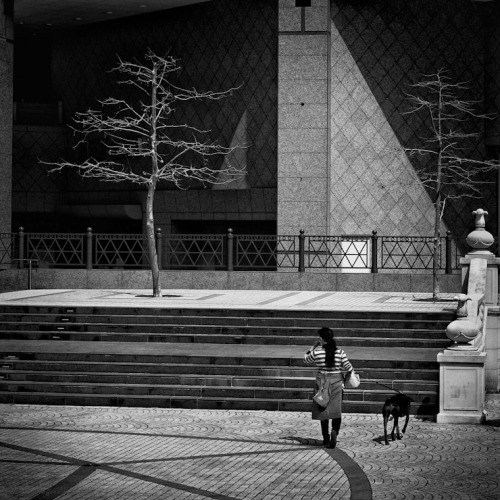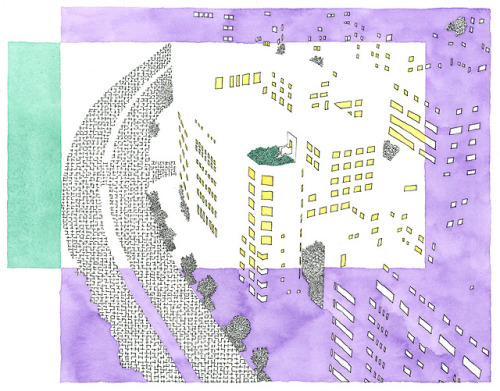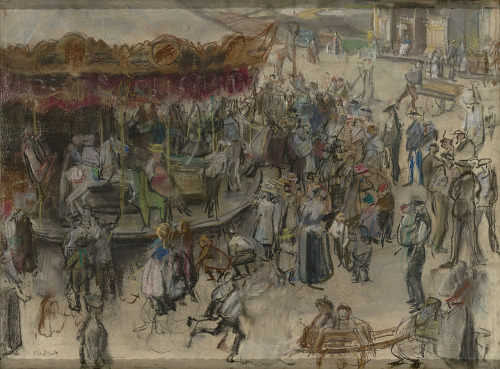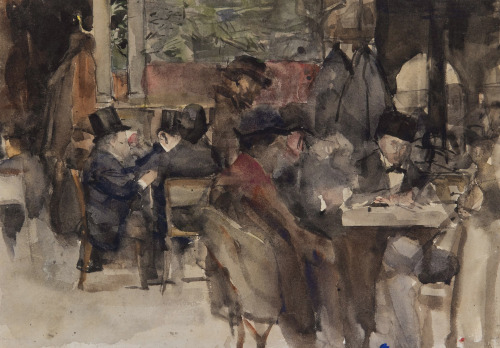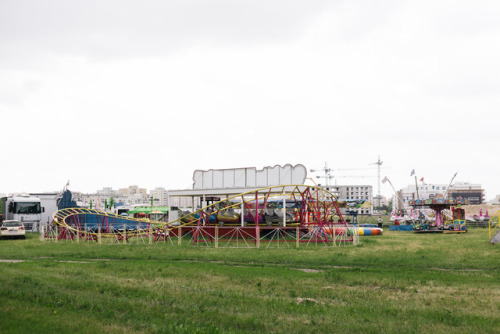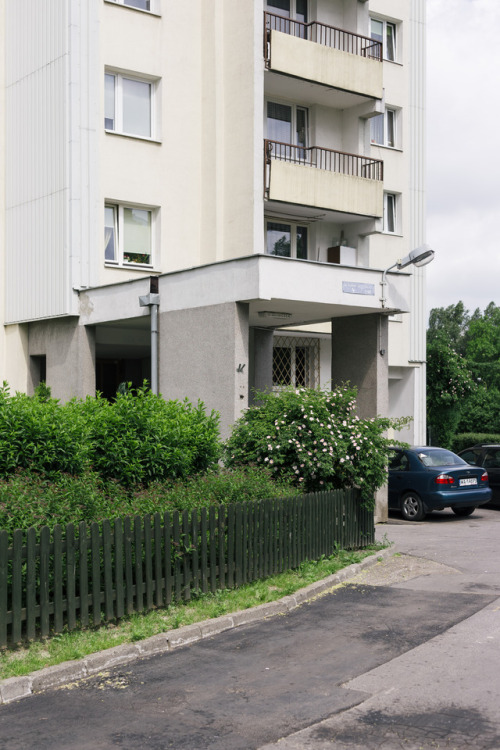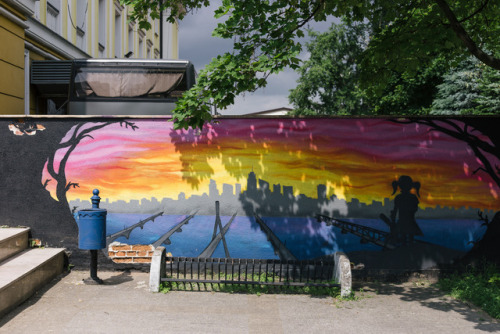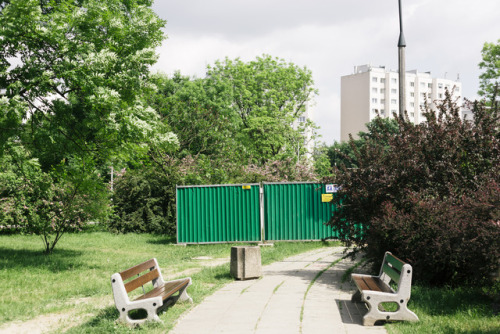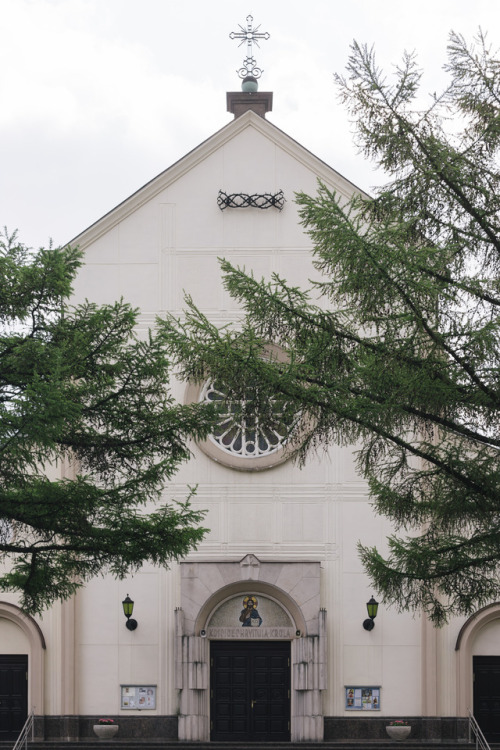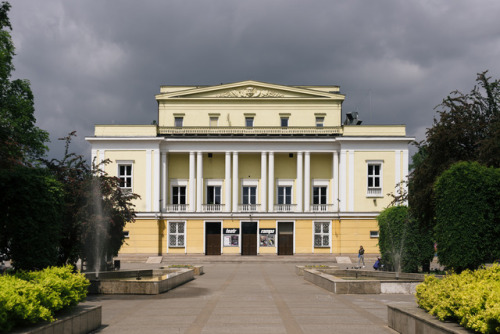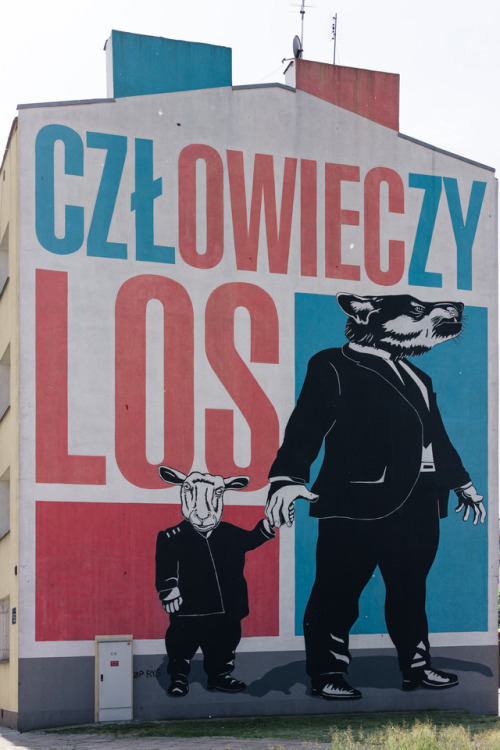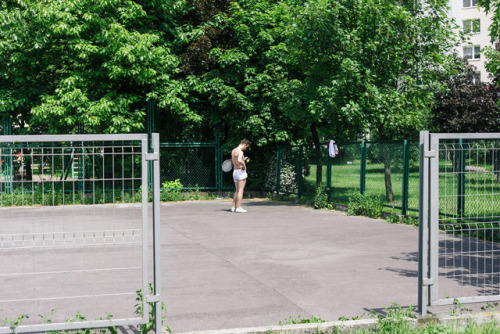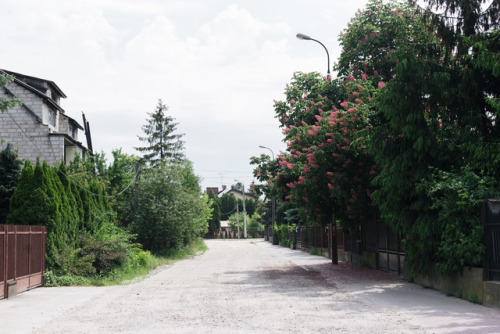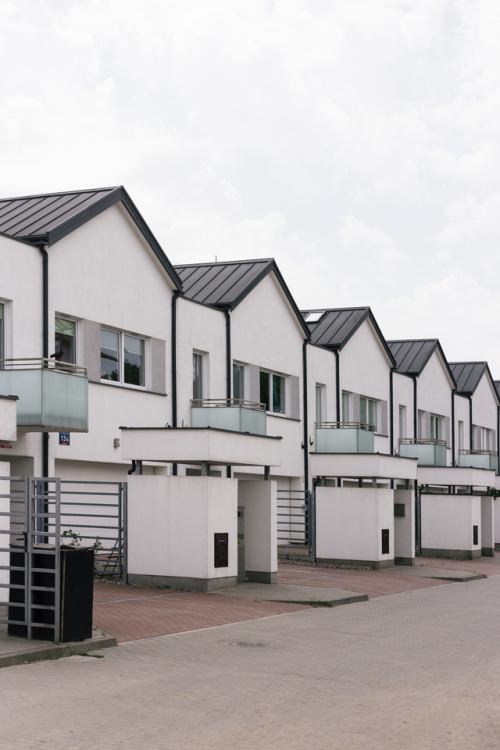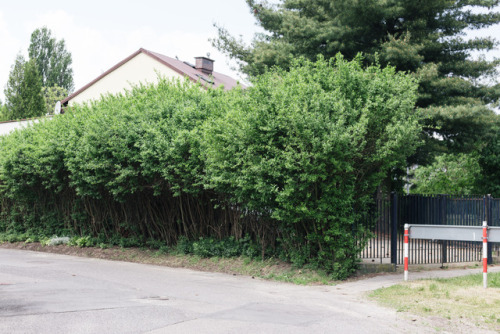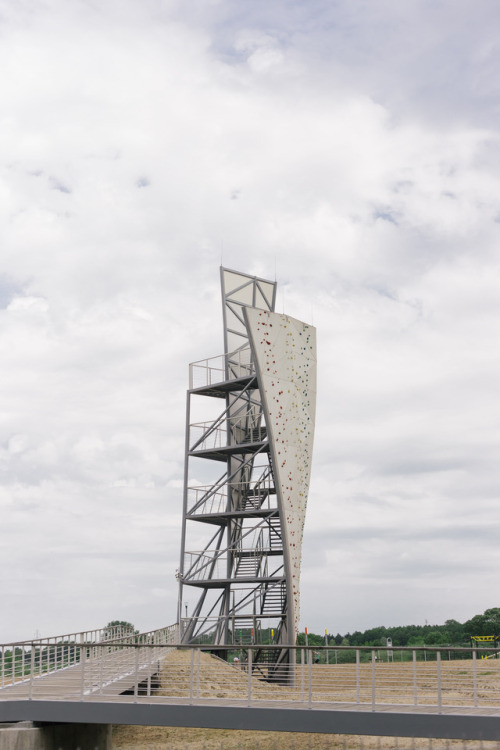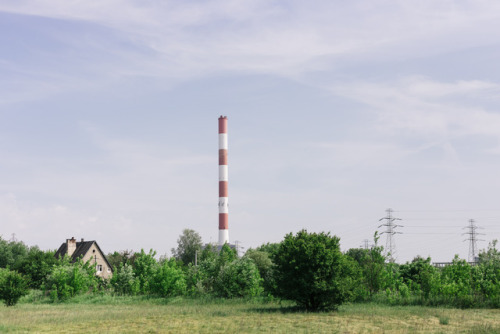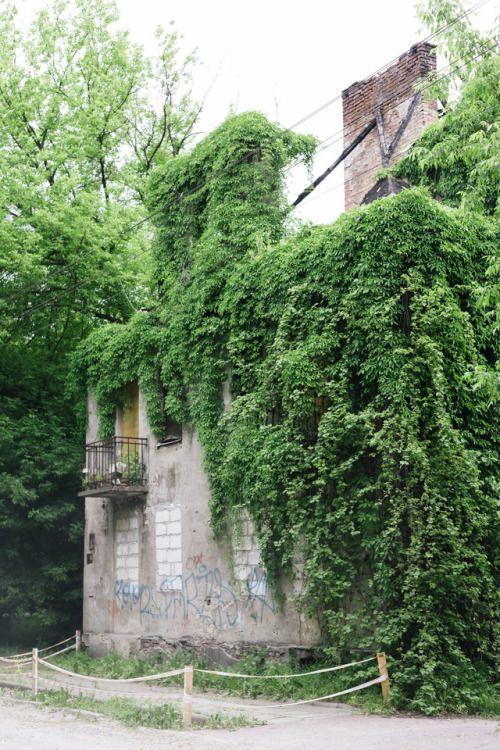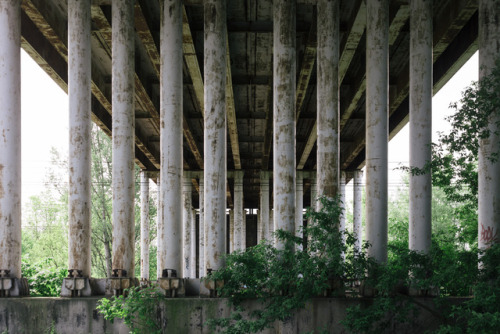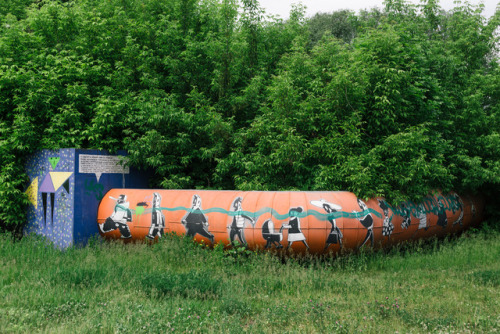#urban life

This is Saratoga Springs in the state of New York in early 1900. The coloured picture shows a specific period in time where pedestrian outnumbered in presence the carriages and cars. The space division between building to building it heavily emphasized by a generous sidewalk outlined by a series of tall and lush trees that carry along the road.
In recent times we have forgotten how important is a well designed road network. Systematically we removed many pedestrian features to favor cars and its culture. The realm of public life has been ruined by the pervasive ideology that cars are the solution to public life, and also to the transportation issue.
The phenomena of removing space from sidewalks and its features has transformed North American cities into speedways. If once we had more square surface for feet, now we have more than that for rubber. All this has developed by leaving the public transportation out of the equation and pushing the notion that commuting is the way to be.
The essence of the public space extending from the edge of buildings towards the road, is the pedestrian domain of social activities which makes the urban landscape vibrant and acceptable. Without it we would give up our very own ability to claim public spaces a human experience.

The sidewalk becomes an opportunity for business to thrive and for the public to experience a better urban life by walking their neighbors.
Today we have seen the drastic changes of our cities in favor of a chaotic systems that pushes for cars to be the main feature of urbanism. As the invention of the car made its way worldwide, we slowly reduced the public spaces to a mere sequence of tarmac junctions for traffic to collect in it.
The functionality of a wide sidewalk to host plenty of people, along with a solid sequence of trees, has been proven to work pretty well in terms of urban design. As the road traffic flows along streets, the parallel parking creates a virtual barer to define the obstacles along the road in order to protect the pedestrians.
Wide sidewalks aren’t just for people to stroll by, but they provide opportunities for local business to become part of the community establishing their brand and practices. Bars, restaurants, cafes, are all in need of public pedestrian space to engage people into enjoying the city.
At the same time a solid line of tall trees enforces the safety boundary between the street and the sidewalk, while simultaneously the branches with their leaves provide the necessary shade to cool the ground and preventing excessive heat from creating heat bubbles across the city.
The trees coasting the streets will absorb the CO2 produced by vehicles and release at night the fresh oxygen, which replenish the air quality of the city. This will help the overall urban temperature from producing excessive heats during summer periods.
Trees along roads will work beyond their natural purpose. We forgot how the presence of green throughout cities has the ability to remove the grey effect of buildings, and to create a welcoming atmosphere through communities, enhancing the psychological aspect of citizens.
Municipalities ought to reconsider the way green spaces are used. Trees, bushes, and others natural elements can increase the life quality of many urban dwelling. Reshaping public spaces for pedestrians can only have positive impacts, engaging people into becoming more active among city streets while reconsidering their approach with the car.
Parks and vegetation spread out across cities works towards creating a wide and positive sense of urban beautification, which aims at defeating the grey and obsolete polluted stereotypes city dwells into. Municipalities can only benefit from implementing such natural spaces that focus on pedestrians to reclaim space from cars; also by reshaping the old concept of suburban solumes that are virtually isolated from any walking experience or commercial engagement.
Isaac Israëls - city life, a mixed bag of drawings, pastels, watercolors, paintings and mixed media.
Post link



